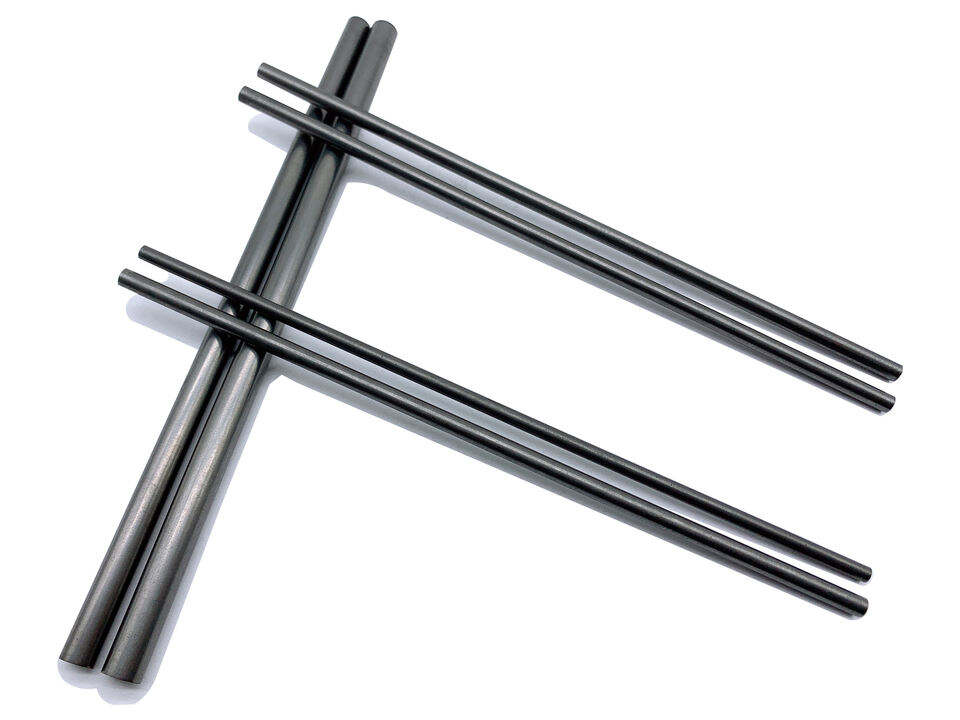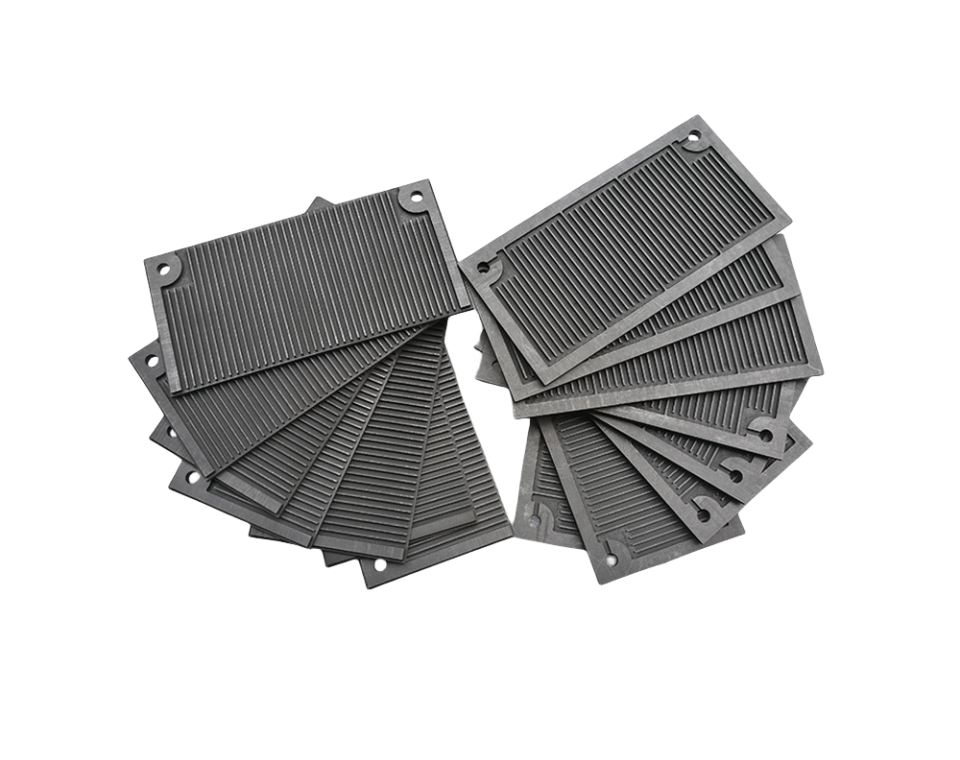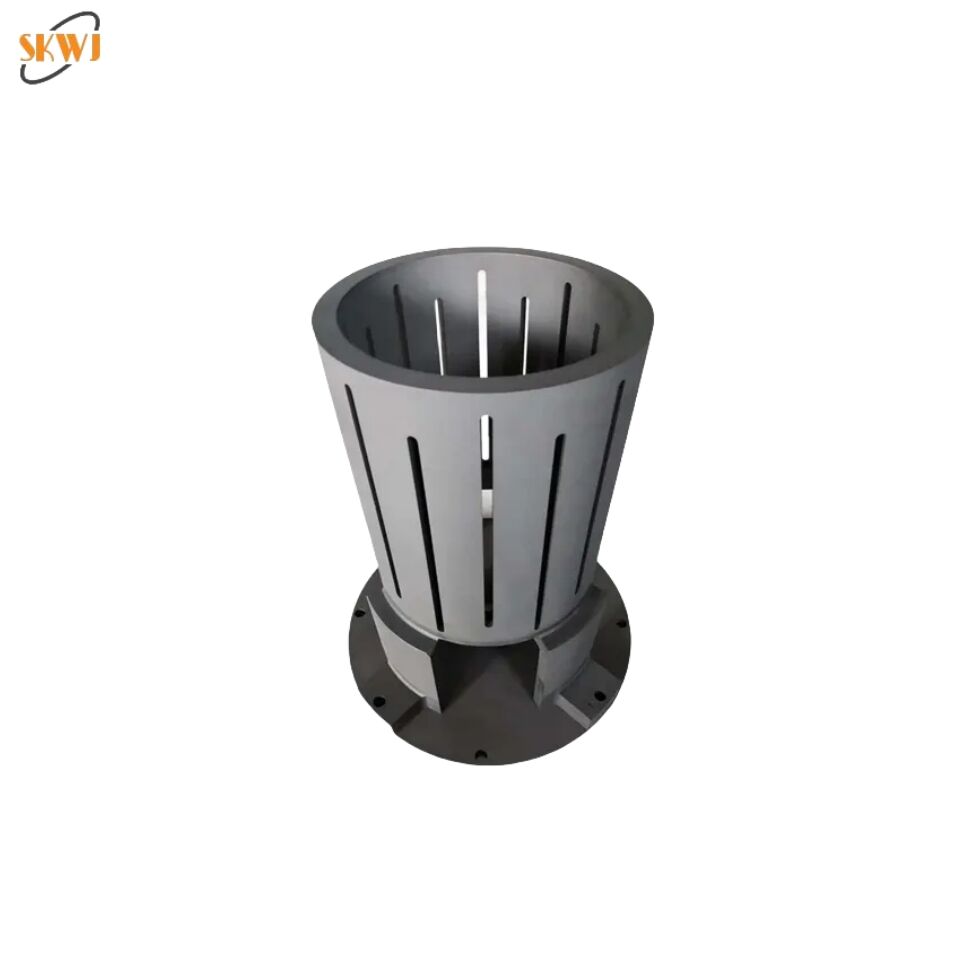graphite plates for fuel cells
Graphite plates are essential components in fuel cell technology, serving as critical elements in the efficient operation of both hydrogen and other types of fuel cells. These specialized plates function as bipolar conductors, facilitating the distribution of reactant gases while simultaneously collecting and transferring electrical current. The plates are manufactured using high-grade graphite materials, specifically engineered to provide optimal electrical conductivity and chemical resistance. In modern fuel cell applications, these plates typically feature precisely machined flow channels that ensure uniform gas distribution across the active areas of the cell. The technological sophistication of graphite plates lies in their unique combination of properties, including excellent thermal conductivity, low electrical resistance, and remarkable dimensional stability under varying operating conditions. These characteristics make them particularly valuable in both stationary and mobile fuel cell applications, from automotive power systems to stationary power generation units. The plates' corrosion resistance and ability to maintain structural integrity at high temperatures contribute to the overall longevity and reliability of fuel cell systems. Furthermore, recent advancements in manufacturing processes have led to the development of thinner, lighter plates that maintain structural integrity while improving overall system efficiency and power density.





